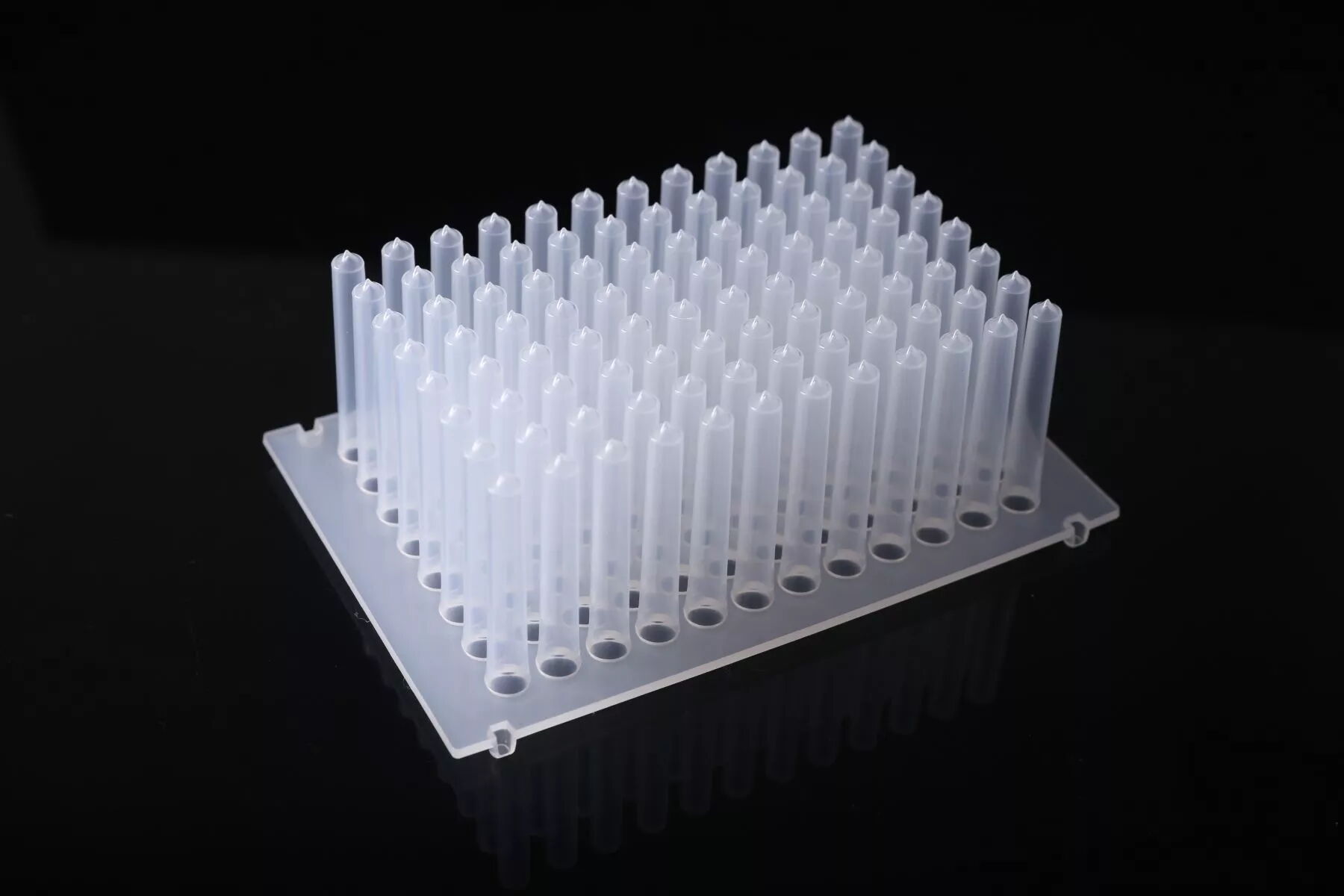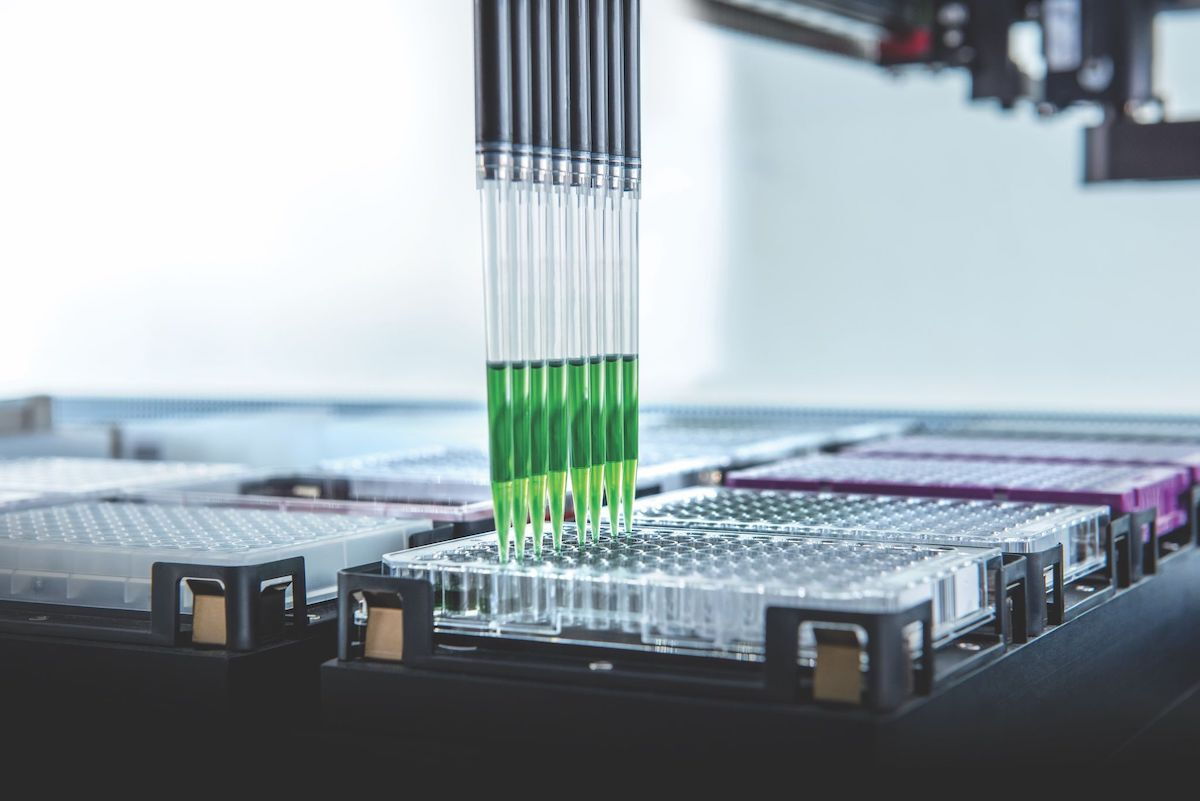Why Is Vertical Pipetting Required with a Pipette?
Apr 03, 2024
The pipette is a commonly used precision tool in laboratories for accurate liquid handling tasks. Its main function is to aspirate and dispense liquids, facilitating liquid transfer, mixing, or distribution during experiments.
When using a pipette, you may often encounter the requirement to pipette vertically. Why is vertical pipetting necessary with a pipette? The primary reason for vertical pipetting with a pipette is to ensure accurate and reproducible liquid volume distribution.
Here are several key reasons for vertical pipetting:
-
Accuracy: The principle of pipetting relies on controlling liquid aspiration and dispensing through pressure differentials. When pipetting vertically, the pipette's suction force balances with the liquid's gravity, resulting in accurate liquid volume aspiration. However, tilting during pipetting provides additional support to the liquid on the pipette's surface, leading to an increased volume intake. Inaccurate volume intake during pipetting will inevitably affect subsequent pipetting results.
-
Consistency: Consistently pipetting vertically ensures minimal differences between multiple operations, ensuring excellent reproducibility. Therefore, vertical pipetting helps maintain more consistent liquid volumes, facilitating more accurate and reproducible liquid handling operations. However, it's essential to note that certain specific pipetting operations may require tilting at a certain angle, depending on the experiment's requirements. For example, during aseptic operations, tilting is necessary to pipette effectively.
According to statistical data, it's recommended to control the tilting angle within an appropriate range and avoid excessive tilting. It's crucial to understand that tilting during pipetting compromises accuracy. Generally, for optimal accuracy and consistency, vertical pipetting is recommended. When using a pipette, it's essential to refer to the relevant operating manuals and manufacturer's recommendations to ensure correct usage and reliable experimental results.
Proper pipette usage is fundamental to ensure accurate experimental operations. Here are some correct pipetting procedures:
Preparation:
- Keep the workspace clean to avoid cross-contamination.
- Ensure that the pipette and pipette tips are clean and free of residual liquids or contaminants.
- Select the appropriate pipette, volume range, and compatible tips according to experimental requirements.
- Ensure that the pipette is set to the correct volume.
Aspirating Liquid:
- Insert the tip into the liquid to be aspirated, ensuring that the tip's end is at an appropriate depth below the liquid surface.
- Press the aspirate button on the pipette to create negative pressure for liquid aspiration. Press the aspirate and dispense buttons gently and steadily to avoid liquid backflow or suction.
- Slowly release the aspirate button to allow the liquid to enter the tip. Try to pipette vertically to ensure accurate and consistent liquid volume aspiration.
Transferring Liquid:
- Transfer the aspirated liquid to the target container.
- Insert the tip into the target container.
- Press the dispense button on the pipette to slowly release the liquid into the target container.
- Ensure complete liquid release and avoid residual liquid in the tip.
Changing Tips:
- After completing liquid transfer, remove the tip from the pipette.
- Replace it with a new tip according to experimental requirements.
Cleaning and Maintenance:
- After using the pipette, clean it thoroughly.
- Hang the pipette vertically or place it on a dedicated rack to prevent the pipette tip cone from contacting the bench surface, thus avoiding contamination.
- Regularly calibrate the pipette, adjusting the calibration as needed according to actual experimental requirements.
When using a pipette, laboratory personnel should follow the manufacturer's operating guidelines and recommendations to ensure correct usage methods and achieve optimal experimental results.
Correct pipette usage is a fundamental skill in laboratory work. Only by using the pipette correctly can accurate experimental results be achieved, extending the pipette's service life and avoiding unnecessary damage and maintenance costs.
Previous: The Research Directions of PCR Laboratories
Next: Selecting the Right PCR Tubes



